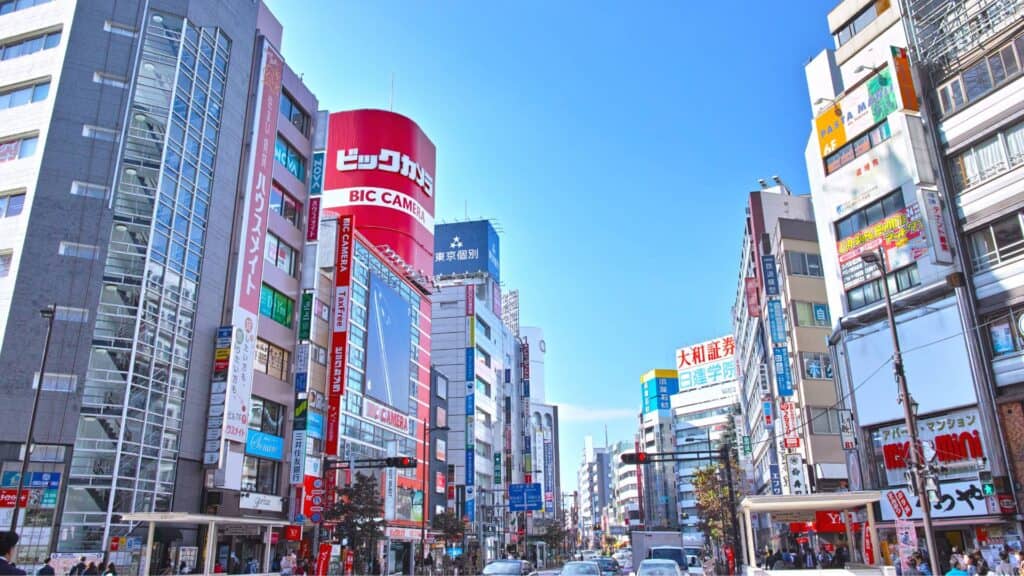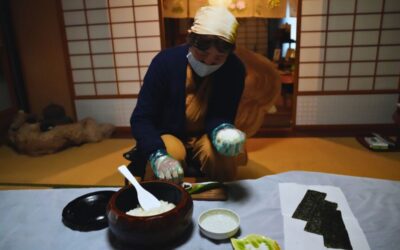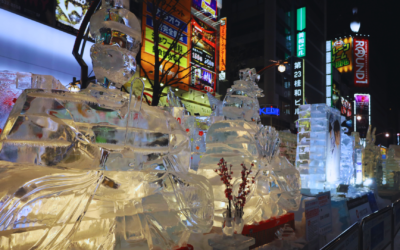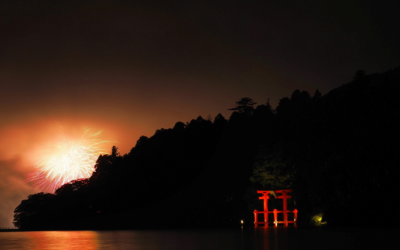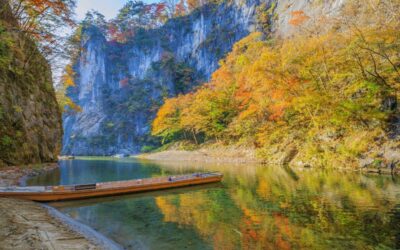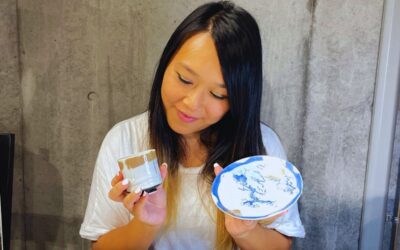Ever heard of Toshima Ward in Tokyo? It’s one of Tokyo’s 23 special wards, each brimming with its own set of distinct neighborhoods, activities, and attractions. Curious about what makes Toshima tick? From exploring its diverse areas, delving into its rich history, finding the coolest spots to visit, to choosing where to stay, dive into our comprehensive guide to Toshima Ward for all the insider info you need!
A Quick Primer to Toshima Ward
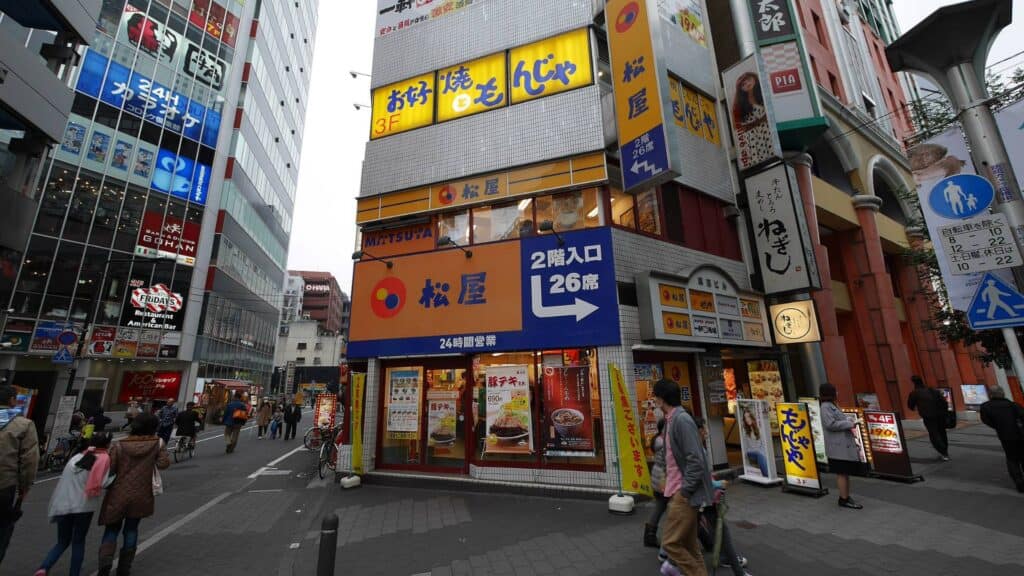
Ikebukuro is a town often unfairly dismissed as a “colony of Saitama” due to its perceived lower status among the three Yamanote subcenters, which include Shinjuku and Shibuya. This perception stems from its location in Toshima Ward, which unfortunately shares an unfavourable image closely tied to Saitama.
However, a look back at the history of Toshima Ward reveals that most of it, including Ikebukuro, was once Nagasaki-mura in Toshima-gun, Musashi-kuni. It was part of Urawa-ken, the predecessor of Saitama-ken, during the period when the prefecture system was abolished. Thus, it’s not incorrect to say that Toshima Ward was once part of Saitama.
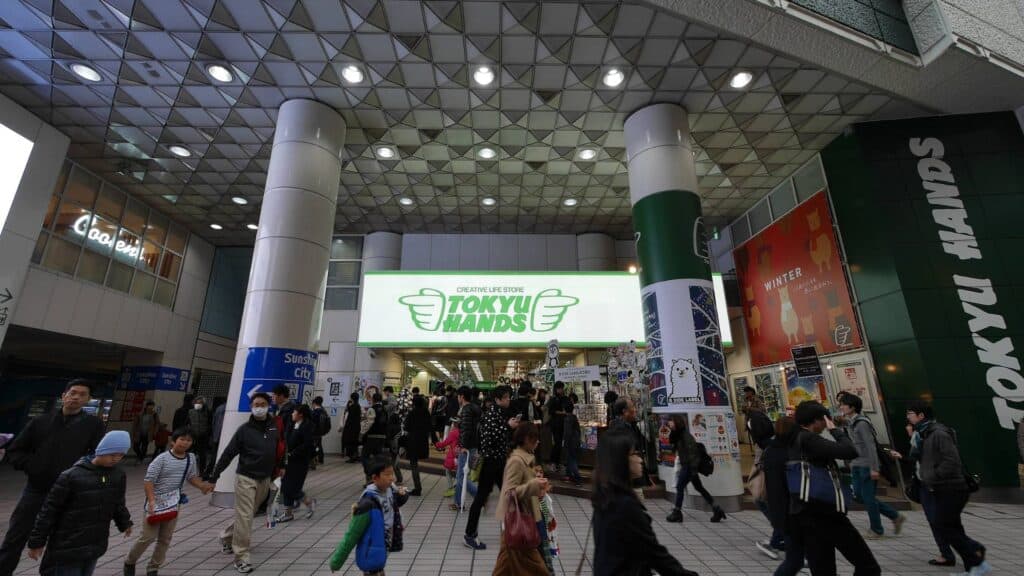
In 1932, the former towns of Sugamo-cho, Nishi-Sugamo-cho, Takada-cho, and Nagasaki-cho were incorporated into Tokyo City, establishing Toshima Ward. However, it wasn’t until post-war that the area started to develop significantly as a downtown district. The site of the former Sugamo Prison was transformed into Sunshine City, which became a popular spot for Saitama residents commuting to Ikebukuro for work and school.
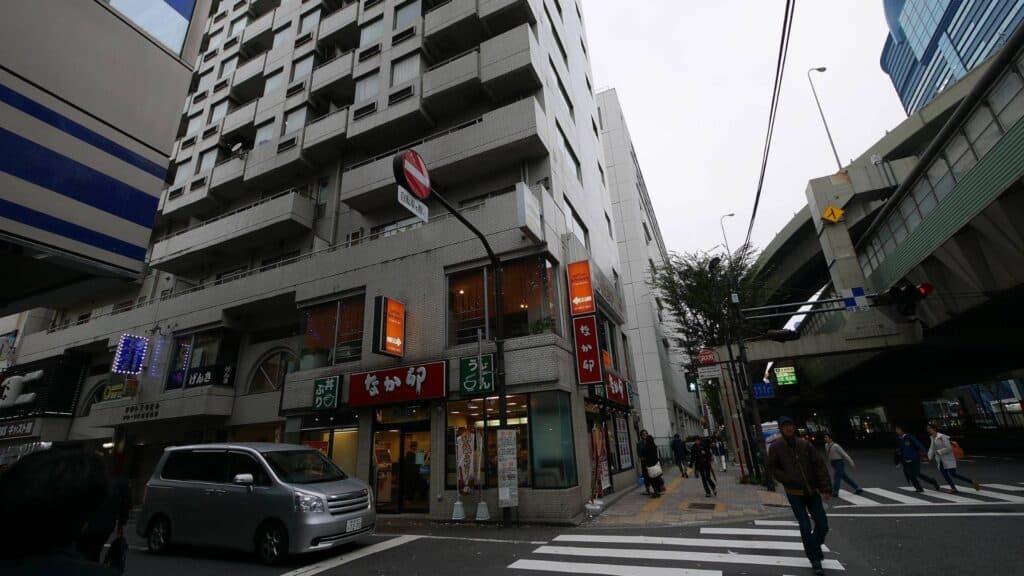
The name “Toshima” originates from the former Toshima-gun, explaining why facilities and places such as “Toshimaen,” “Toshimaoka Cemetery,” and “Kita-ku Toshima” exist outside of Toshima Ward in areas that were once part of Toshima-gun. Interestingly, some refer to the area with notably inexpensive salons at the north exit of Otsuka Station as “Otona-nenma-en,” though this has no connection to Toshima Ward.
Living in Toshima Ward

While Toshima Ward itself used to be a farming area on the outskirts of Edo, it carries an old-fashioned charm that contrasts with its more modern surroundings, akin to its counterpart in Saitama. Ikebukuro, despite its bustling commercial activity, exudes a somewhat provincial atmosphere, reminiscent of its affiliation with Saitama. This affiliation is underscored by the fact that there are overwhelmingly more residents from Saitama Prefecture than from Toshima Ward.
A mere fraction of Ikebukuro has undergone extensive redevelopment, with towering modern blocks emerging, while the majority of the ward remains dominated by longstanding low-rise residential areas. On the side facing Bunkyo-ku, areas like Otsuka, Sugamo, and Komagome boast an elegant and tranquil ambiance. However, the Toshima Ward side of the city presents a more brash persona, akin to Saitama, marked by signage advertising establishments not dissimilar to those found in the latter.
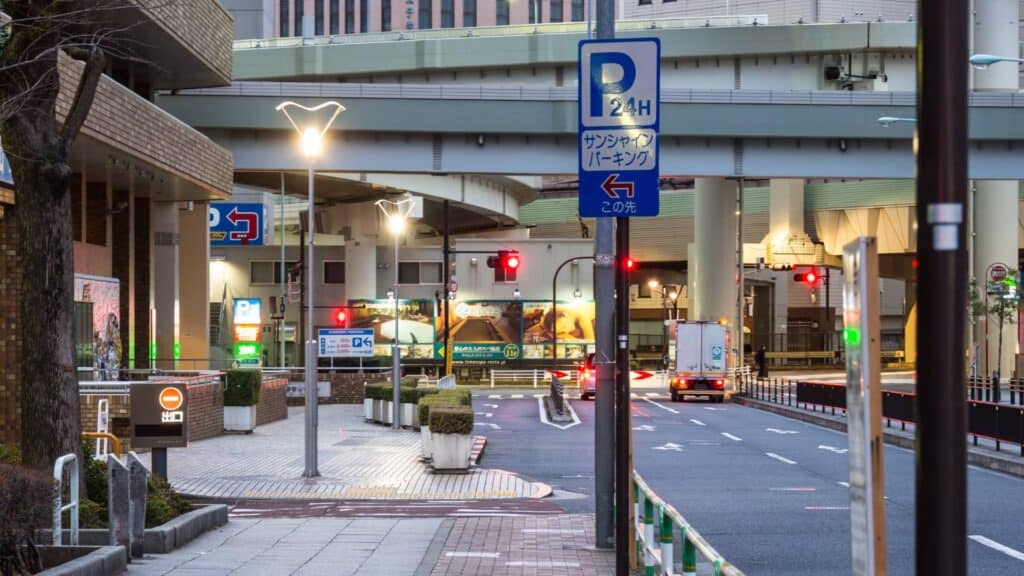
In recent times, however, there has been a concerted effort to rejuvenate the vicinity surrounding Ikebukuro Station. This includes the refurbishment of Minami Ikebukuro Park, the relocation of the Toshima Ward Office to a new tower building, and the commencement of the West Exit redevelopment project.
An anomaly within the ward is Mejiro, renowned for its upscale residential character. Nevertheless, much of the area is marred by dilapidated apartment complexes, attracting a significant influx of foreign workers enticed by the area’s affordable rents.
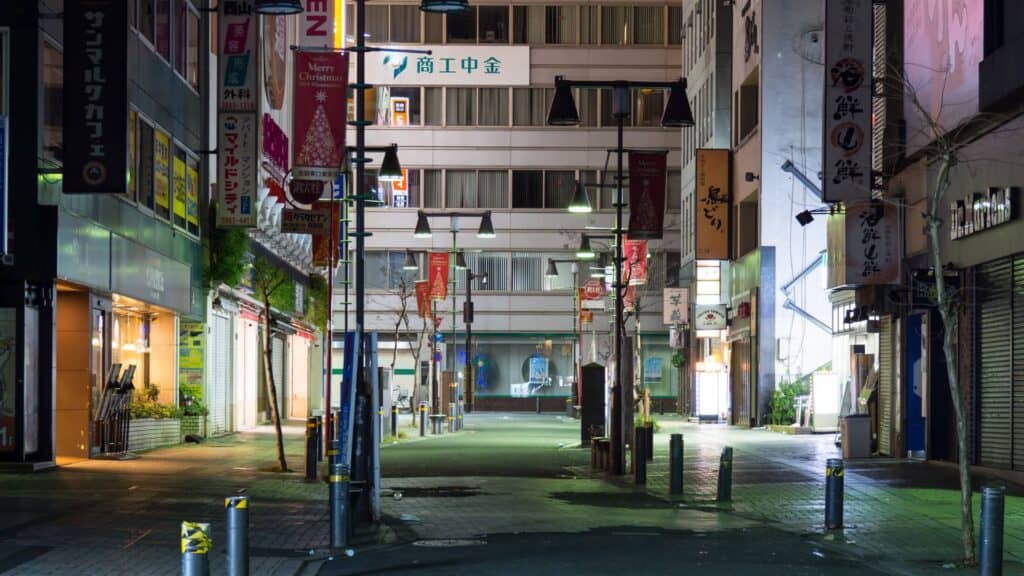
The presence of Japan’s largest overseas Chinese community in Ikebukuro significantly contributes to its unique cultural landscape. In Toshima Ward, the Chinese population vies for third place among the 23 wards, trailing behind Shinjuku and Edogawa.
The proliferation of pawnshop billboards in and around Ikebukuro Station is indicative of a substantial demand for financial assistance. Rainy days witness the station inundated with homeless individuals seeking refuge, lending an air of desolation to the surroundings. The north exit of Ikebukuro Station has gained notoriety as a hub for illicit activities, with yakuza establishments and unlawful enterprises operating with apparent impunity.
History of Toshima Ward
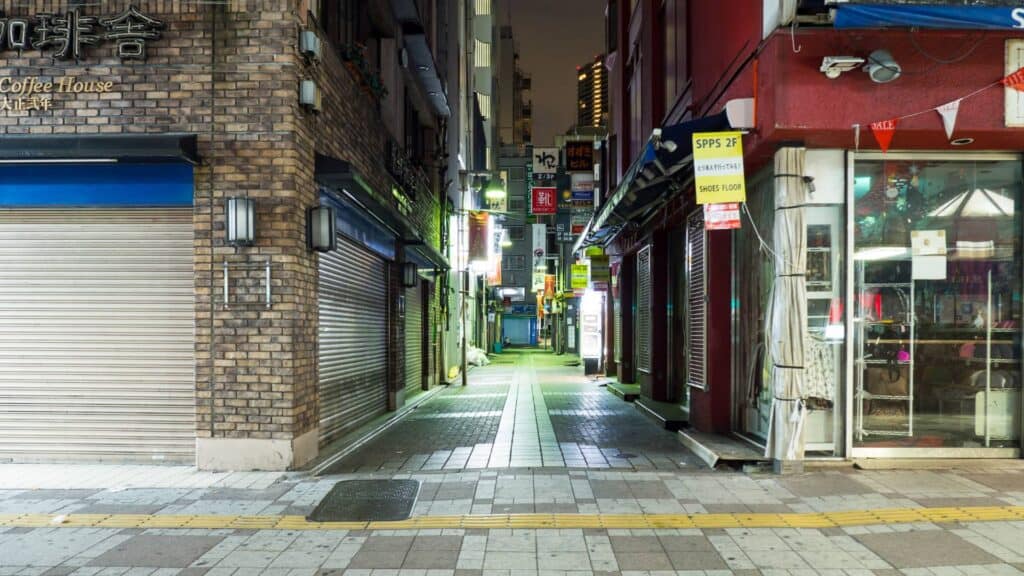
During the Edo period, Toshima Ward was partitioned into seven villages, with a reported population of only about 3,000. At that time, the Kishimojin shrine in Zoshigaya thrived as a hub of activity, attracting visitors from across Edo. The tea establishments and ryotei (traditional Japanese restaurants) adjacent to the shrine flourished.
The conclusion of the Edo period signalled the dawn of a new era as Edo was rechristened Tokyo, and sweeping societal reforms took root. Consequently, Toshima City underwent significant transformations. It was then that Toshima-ku was characterised by abundant natural landscapes and numerous farmsteads. Notably, the “Somei-Yoshino” cherry blossom tree, cultivated by the Uekishikinin of Komagome and Sugamo, gained widespread popularity throughout Japan.
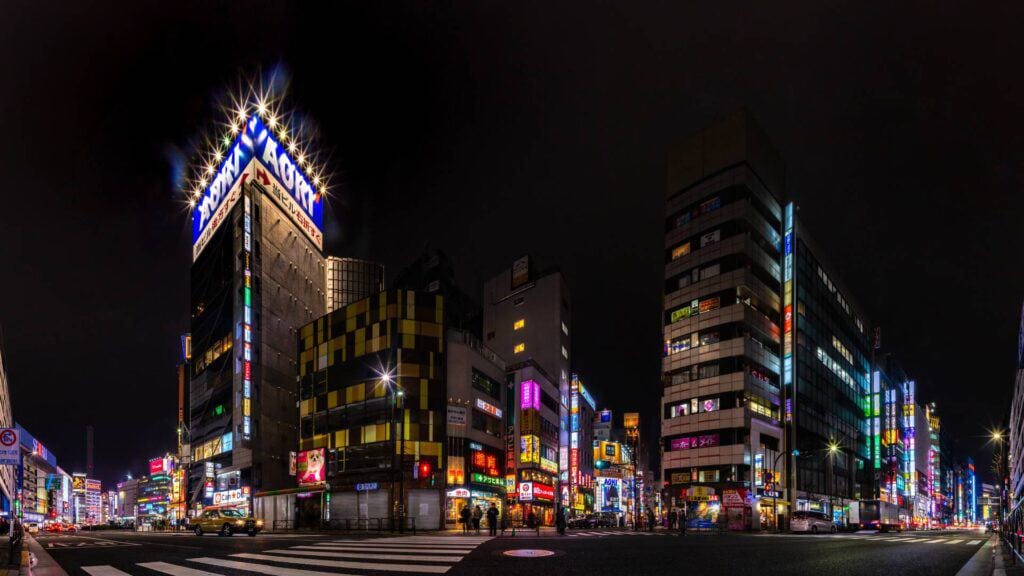
The landscape of the area underwent profound changes in March 1885 with the commencement of the Japan Railway (now JR) line between Akabane and Shinagawa, which saw the inauguration of Mejiro Station. Subsequently, railway lines connecting Ikebukuro and Tabata were established, leading to the construction of Otsuka, Sugamo, and Ikebukuro stations. The advent of the Yamanote Line markedly enhanced transportation accessibility, fuelling a surge in migration to Toshima Ward. Consequently, numerous residences and commercial establishments mushroomed in what was once predominantly farmland.
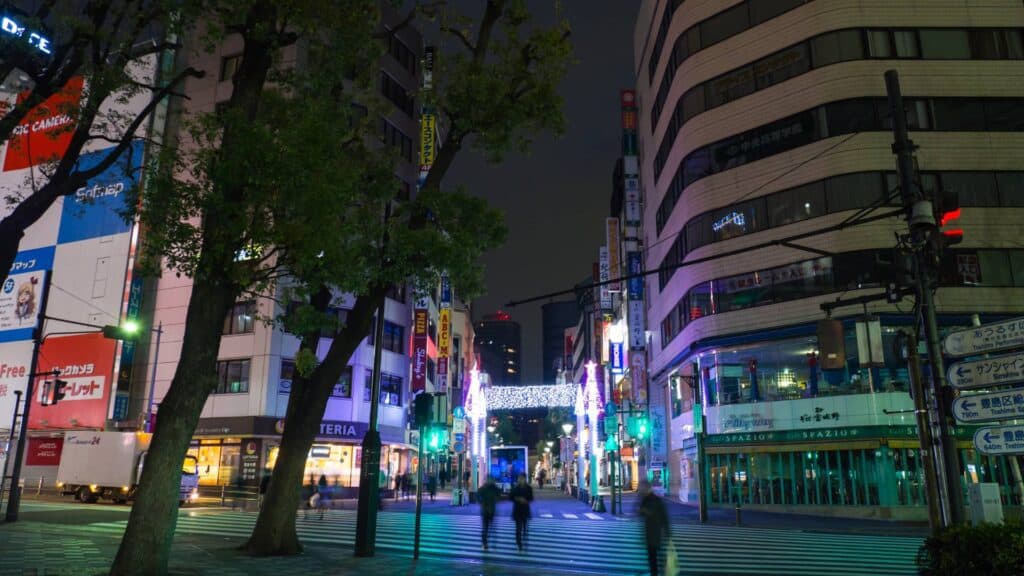
In the 1900s, the relocation of Gakushuin University, Taisho University, and Rikkyo University to Toshima Ward catalysed its evolution into a vibrant student-centric enclave. Following the Great Kanto Earthquake, the influx of residents to Toshima Ward escalated sharply. The burgeoning railway network rendered intra-Toshima-ku travel exceedingly convenient, further incentivising settlement. Historical records indicate that Toshima Ward’s population exceeded 200,000 during this period.
Subsequently, akin to the wider Japanese landscape, Toshima Ward endured the ravages of the Pacific War. Air raids inflicted severe damage on the ward, reducing much of it to rubble. The Atelier Village near Ikebukuro was decimated during the conflict, prompting a mass evacuation of children to Nagano and Fukushima prefectures to shield them from the war’s toll.
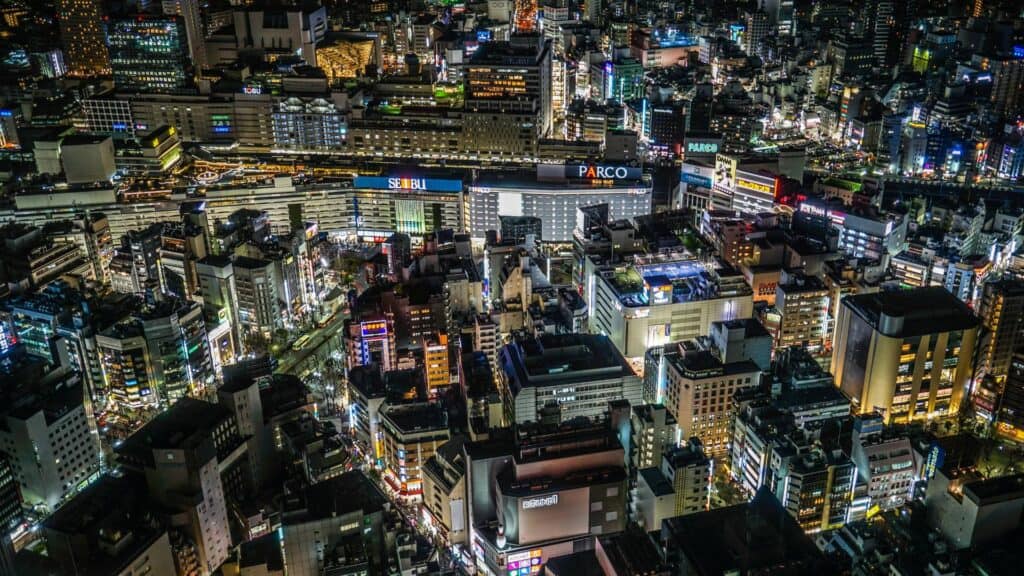
In the aftermath of the war, Toshima City resembled a charred wasteland, with many residents facing acute shortages of food and shelter. Ikebukuro emerged as a focal point, drawing crowds from various locales, predominantly via Ikebukuro Station. The vicinity around Ikebukuro Station was lined with stores known as “Yami Ichiba”, trading in goods prohibited or tightly regulated at the time. Despite exorbitant prices, these items sold briskly.
As Toshima Ward burgeoned in the wake of rapid economic expansion, Sunshine 60 ascended as a prominent emblem of the area, towering at 239.7 meters and reigning as Japan’s tallest edifice upon completion. The year 2021 marked the 76th anniversary of the war’s end, prompting Toshima City to spearhead initiatives aimed at fashioning a community that resonates as a desirable residential locale.
What to Do in Toshima Ward
Namja Town

Namjatown, situated within Sunshine City in Ikebukuro, is an indoor theme park that offers a diverse range of experiences. The park comprises three distinct areas: “Dockingham Square,” evoking a Western-style townscape where visitors can delight in attractions and fortune-telling; “Fukubukuro 7-chome Shopping Street,” a nostalgic recreation of 1950s Japan featuring local dumpling and sweet stores from across the country; and “Mononoke Bangaichi,” an enclave overrun by supernatural entities. Additionally, Namjatown hosts numerous collaborative projects with popular anime, video games, and special effects franchises.
Find out more about Namjatown here on Google maps.
Sunshine Aquarium サンシャイン水族館

Sunshine Aquarium, conceptualised as an “oasis in the sky,” is nestled within Sunshine City, an iconic landmark of Ikebukuro. This aquatic wonderland draws tourists both domestic and international, cherished by individuals of all ages, be they couples, friends, or families, seeking respite amidst the urban bustle. Beyond its captivating exhibits inspired by real marine ecosystems such as coral reefs, lakes, and rivers, the recently reopened “Kai-Getsu-Ku-Kan” area has garnered significant acclaim. Here, in the outdoor expanse, visitors can marvel at penguins and sea lions gliding through the water as if taking flight.
Find out more about Sunshine Aquarium here on Google maps.
Sunshine City サンシャインシティ
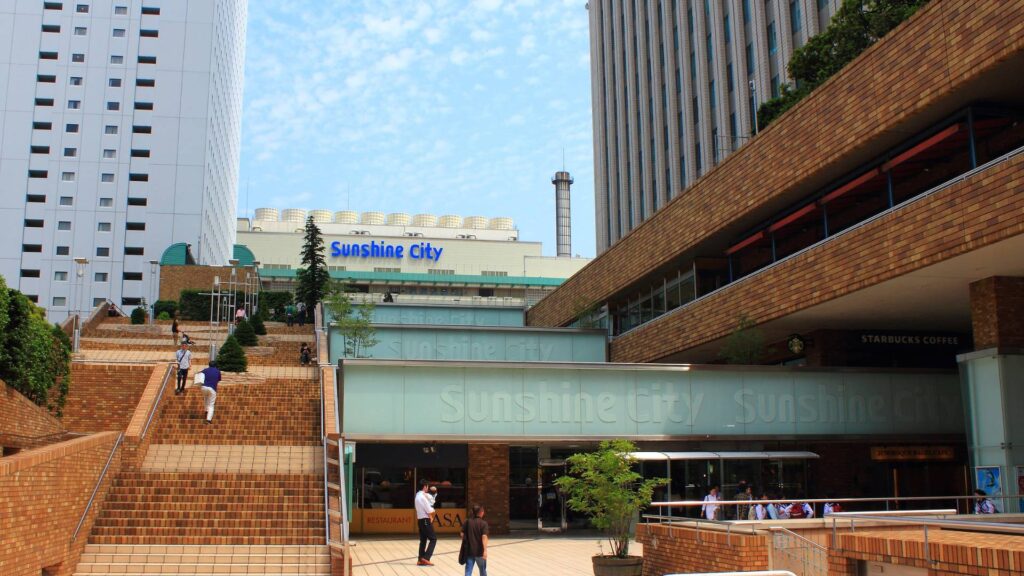
Toshima Ward’s commercial nexus, located in Higashi-Ikebukuro, Tokyo, is renowned as a prominent landmark of the district. Comprising five buildings, the towering Sunshine 60 Building hosts the “SKY CIRCUS Sunshine 60 Observation Deck” and an expansive restaurant area offering panoramic vistas. The complex also encompasses attractions such as Sunshine Aquarium, Konica Minolta Planetarium “Manten,” Namjatown, and the Museum of the Ancient Orient, alongside a plethora of gourmet dining and shopping options within the specialised retail district of Arpa.
Find out more about Sunshine City here on Google maps.
Tokyo Metropolitan Theatre 東京芸術劇場

The Tokyo Metropolitan Art Space, inaugurated in 1990 and refurbished in 2012, stands as a cultural bastion offering a diverse array of performances encompassing music, theatre, opera, musicals, and dance. Boasting four auditoriums including the Main Hall, adorned with one of the world’s largest pipe organs, the Middle Hall (Playhouse), Theater East, and Theater West, as well as conference facilities and exhibition space, it serves as a vibrant hub for artistic expression. Situated in proximity to Ikebukuro Station, accessibility is effortless for patrons.
Find out more about Tokyo Metropolitan Theatre here on Google maps.
Ikebukuro Engeijo 池袋演芸場
Nestled near Ikebukuro Station in Nishi-Ikebukuro, Toshima Ward, Ikebukuro Engeijo stands as one of Tokyo’s four rakugo theatres. Established in 1951 and subsequently renovated in 1993, the theatre stages an eclectic array of performances ranging from rakugo (traditional comedic storytelling) and kodan (narrative storytelling) to manzai (stand-up comedy) and acrobatics, captivating audiences from noon until night without interruption.
Find out more about Ikebukuro Engeijo here on Google maps.
Minami-Ikebukuro Park 豊島区立南池袋公園
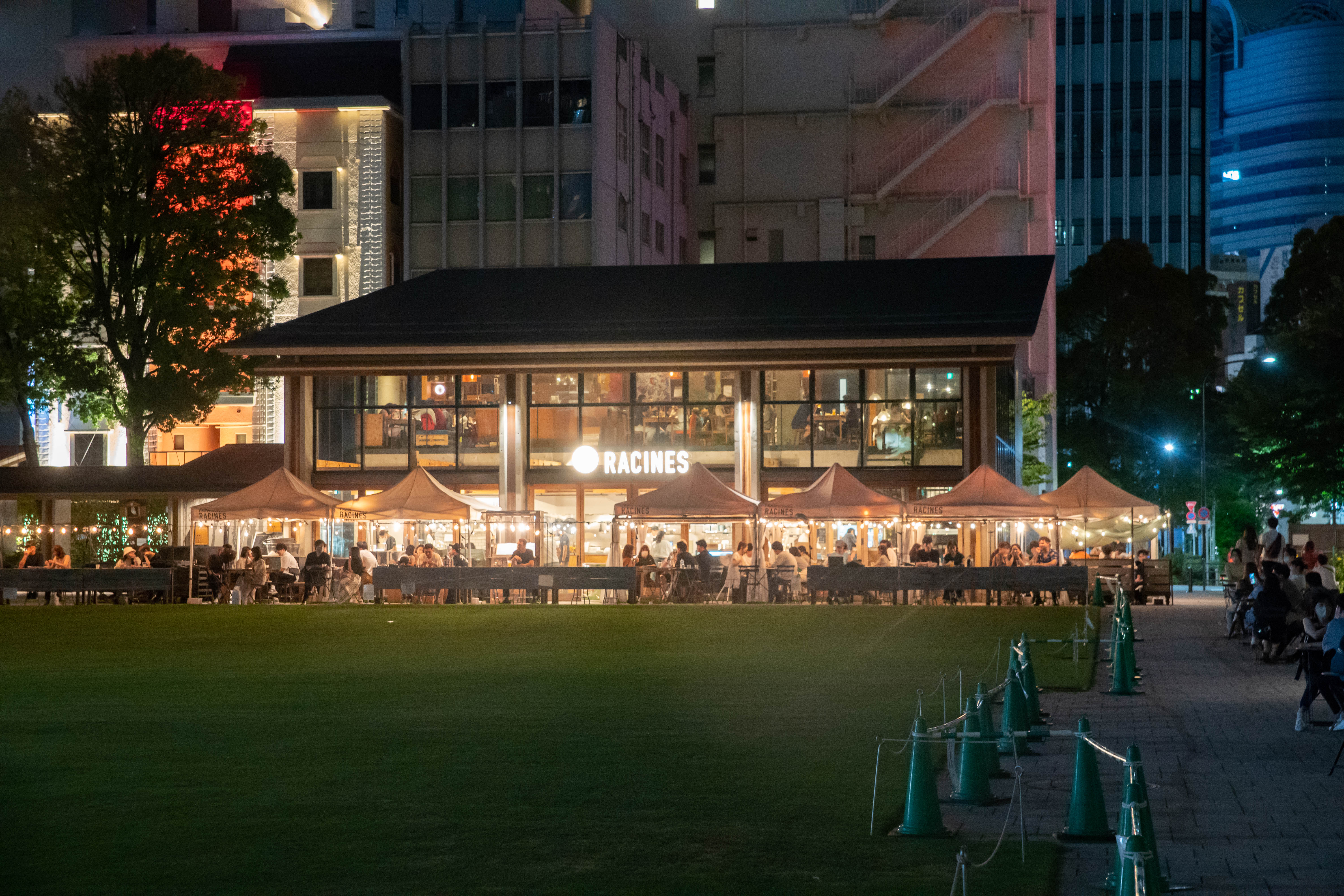
Minami Ikebukuro 2-chome plays host to a park that emerged as part of a postwar land readjustment initiative and underwent a revitalisation in 2016. Brimming with recreational opportunities, the park features “Racines FARM to PARK,” a café-restaurant, alongside enhanced amenities such as a central lawn, deck area, and playground equipment. Vibrant events, including a marché, further enrich the park’s appeal, fostering community engagement and leisure pursuits.
Find out more about Minami-ikebukuro Park here on Google maps.
Ancient Orient Museum 古代オリエント博物館
Situated within Ikebukuro Sunshine City, Japan’s inaugural museum dedicated to ancient Oriental artefacts stands as a testament to the region’s rich historical legacy. Exhibits showcase an array of treasures, from stone tools utilised by proto-humans to reconstructed models of ancient settlements, burial artefacts, and items emblematic of cultural exchanges between East and West. The museum’s projection room offers patrons an immersive journey through history, summarising the evolution of the Silk Road from antiquity to its zenith. Additionally, the museum store offers a selection of original merchandise for enthusiasts to peruse and acquire.
Find out more about Ancient Orient Museum here on Google maps.
Honmyoji 法華宗別院 本妙寺
Honmyoji, a mere 10-minute stroll from Sugamo Station, holds distinction as a branch temple of Honjoji Temple, serving as the spiritual nucleus of the Jinmon school within the Hokke sect of Zen Buddhism. Founded in Sunpu in 1571, the temple later relocated to the Shimizu Gate upon the arrival of Ieyasu Tokugawa in Edo (present-day Tokyo). It is indelibly associated with the Meireki Fire of 1657, which engulfed much of Edo.
Within its precincts stand notable landmarks such as the memorial pagoda, the tomb of revered swordsman Shusaku Chiba, and the final resting place of the esteemed magistrate Kagegen Toyama Saemonjo, known colloquially as “Kin-san of Toyama.” Additionally, it hosts the ancestral tombs of successive generations of Honinbo, the esteemed heads of the Go family.
Find out more about Honmyoji here on Google maps.
Philatelic Museum 切手の博物館
The Philatelic Museum stands out as one of the world’s few institutions dedicated to postal stamps, boasting a vast collection of approximately 350,000 domestic and foreign stamps, stationery, stamp-related literature, catalogues, and assorted memorabilia. Visitors can peruse unique stamps and envelopes from the collection showcased in permanent and special exhibitions, and partake in various stamp-related events. Additionally, the museum’s ground floor store offers original merchandise, stamps from across the globe, and postal paraphernalia, with the option to utilise stamps as payment for admission fees.
Find out more about Philatelic Museum here on Google maps.
Sugamo Jizodori Shopping Street 巣鴨地蔵通り商店街
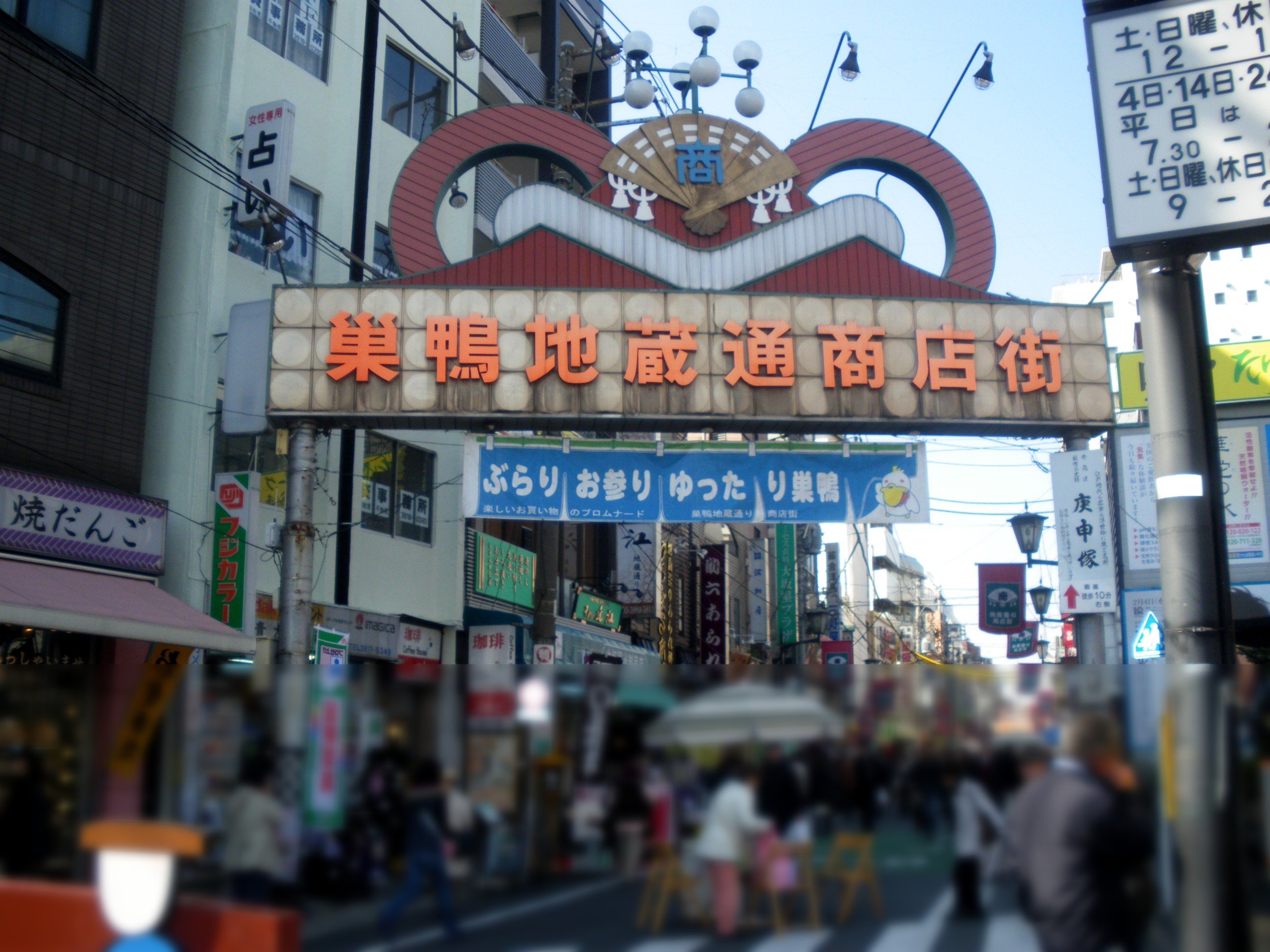
Situated in Toshima Ward, Tokyo, Sugamo Jizodori Shopping Street is affectionately dubbed “Harajuku for Grandma”. Anchored by two revered Jizo statues, Togenuki Jizoson and Edo Roku Jizoson, the thoroughfare embodies a harmonious blend of commerce and spirituality, drawing a predominantly elderly clientele. The bustling enclave teems with an array of merchandise catering to seniors’ tastes, including crimson trousers, shio daifuku (salted rice cakes), and teyaki senbei (hand-baked rice crackers).
Find out more about Sugamo Jizodori Shopping Street here on Google maps.
McCaleb Old Missionary House 雑司が谷旧宣教師館(旧マッケーレブ邸)
McCaleb Old Missionary House, a mere 10-minute stroll from Higashi-Ikebukuro Station on the Yurakucho Subway Line, offers patrons a serene retreat amidst lush greenery, where art and culture intertwine seamlessly. Constructed in 1907 as the residence of American missionary McCaleb, this architectural gem holds pride of place as the oldest extant modern wooden Western-style edifice in Toshima Ward, designated a Tangible Cultural Property of Tokyo. Visitors are captivated by its exquisite features, including an Art Nouveau-style tiled fireplace and latticework crafted from split bamboo, evoking a bygone era.
Find out more about McCaleb Old Missionary House here on Google maps.
Tokyo Somei onsen SAKURA 東京染井温泉 SAKURA
A stone’s throw from Sugamo Station on the JR Yamanote Line, this day-trip bathing facility beckons patrons seeking relaxation and rejuvenation. Renowned for its meticulous facility management, which includes daily water changes, hourly inspections, and monthly water quality assessments by a third-party entity, the establishment boasts iodine-sodium chloride high-salt spring water sourced from a depth of 1,800 metres underground. This crystal-clear, colourless elixir, a rarity in Tokyo, is celebrated for its exceptional moisturising and heat-retaining properties, leaving skin supple and silky. Guests can luxuriate in the expansive indoor cypress baths or savour the amber-hued hot spring waters in the open-air baths, each offering a serene respite from urban rigours.
Find out more about Tokyo Somei onsen SAKURA here on Google maps.
KONICA MINOLTA Planetarium “Manten” in Sunshine City コニカミノルタ プラネタリウム満天 in Sunshine City

The Konica Minolta Planetarium, operated by Konica Minolta, stands as a cherished destination since its relaunch in December 2015, attracting over 100,000 visitors within its initial three months. Renowned for its immersive portrayal of the night sky, complete with vivid colours and twinkling stars, the planetarium offers two premium seating options: “grass seats”, where patrons recline on artificial turf, and “cloud seats”, featuring plush bedding reminiscent of clouds. Complementing its regular programmes are rotating offerings, including seasonal showcases, ensuring a captivating experience with each visit.
Find out more about KONICA MINOLTA Planetarium here on Google maps.
Accommodations in Toshima City Ward
Hotel Wing International Ikebukuro (3 Stars)
Located in Toshima Ward, Hotel Wing International offers rooms with complimentary broadband internet and en-suite facilities, just an 8-minute stroll from JR Ikebukuro Train Station. Situated a mere 3-minute walk from Sunshine City, where the Airport Limousine Bus services, this hotel affords convenient access to Ikebukuro station, providing direct train routes to Shinjuku and Shibuya.
Eisei Stay (3 Stars)
Eisei Stay, nestled in Tokyo, boasts a prime location within close proximity to local attractions such as Ikebukuro Mitake Shrine and Ikebukuro Nishi-guchi Park. Offering complimentary WiFi throughout, this property is a short distance from Wacca Ikebukuro, Ikebukuro Suiten-gu Shrine, and the Ikefukurou Statue. Ikebukuro Marui Shopping Center, Tobu Department Store Ikebukuro, and Koyasuinari Shrine are also within easy reach.
HOTEL Q (2 Stars)
HOTEL Q, ideally situated in Toshima district, places guests within reach of Ikebukuro Marui Shopping Center, Ikebukuro Nishi-guchi Park, and Tobu Department Store Ikebukuro. Close proximity to Ikebukuro Suiten-gu Shrine, Ikefukurou Statue, and Ikebukuro Parco Shopping Mall further enhances the appeal of this property.
HOTEL VARKIN ANNEX (3 Stars)
Conveniently located in Toshima district, HOTEL VARKIN ANNEX offers proximity to Ikebukuro Marui Shopping Center, Koyasuinari Shrine, and Ikebukuro Mitake Shrine. Ikebukuro Nishi-guchi Park, Tobu Department Store Ikebukuro, and Wacca Ikebukuro are also within easy reach. Tokyo Haneda International Airport is the nearest airport, approximately 35 km away.
Richmond Hotel Tokyo Mejiro (3 Stars)
Mejiro Tokyo Richmond Hotel, a stone’s throw from JR Mejiro Station on Tokyo’s Yamanote Train Line, provides easy access to Ikebukuro Station, a mere 5-minute train ride away. This hotel is also conveniently located for exploring the city, with JR Mejiro Train Station on Tokyo’s loop line offering seamless travel connections.
bnb+ Secret Base Mejiro (2 Stars)
bnb+ Secret Base Mejiro, offering complimentary WiFi throughout, is strategically situated in Tokyo, close to Mejiro Seikokai and Nakamura Tsune Atelier Memorial. With attractions like Otomeyama Park, Shimoochiai Yachono Mori Park, and Yakuo-in Temple nearby, guests can immerse themselves in the local culture and scenery.
Super Hotel Lohas Ikebukuro-Eki Kitaguchi (3 Stars)
Just a 5-minute stroll from JR Ikebukuro Station, this hotel provides convenient access to the bustling Sunshine 60 Observatory within a 16-minute walk. Moreover, the JR Yamanote Line ensures swift transit to Shinjuku and Shibuya areas within 15 minutes.
Sunshine City Prince Hotel Ikebukuro (4 Stars)
Sunshine City Prince Hotel, nestled in the Sunshine City complex, offers four dining options and a 24-hour convenience shop. Boasting complimentary WiFi throughout, this hotel is ideally situated, with Ikebukuro Station nearby providing direct train links to Ueno, Shinjuku, and Shibuya within 20 minutes. Additionally, Higashi-Ikebukuro Subway Station, 500 m away, offers direct connections to the Ginza and Tsukiji areas.
Discovering Toshima Ward: History, Culture, and Exploration
What are your thoughts on Toshima Ward in Tokyo? Do you enjoy discovering the history and culture of this fascinating area? There’s a wealth of history and unique experiences to be had in this local neighbourhood of Tokyo. If you’re interested in visiting for yourself, be sure to refer back to this blog.

